

Max Davies
How Audi, BMW, Honda, Mercedes-Benz, and Suzuki started out in Australia, and where they are now
3 Hours Ago

Senior Contributor
The successor to Volvo’s XC90 has been revealed in the form of the seven-seat, all-electric EX90 – billed as a new era for the brand as its EV-only future draws ever closer.
Revealed overnight in Stockholm, the new EX90 may have an evolutionary design reminiscent of the car it’s destined to replace, but it’s almost entirely new – as the new ‘grille’ and lights, flush door handles, and roof LiDAR suggest.
Or put into Volvo’s words, it is “a versatile, stylish family car with modern proportions, combined with cutting-edge technology in core computing, connectivity and electrification”.
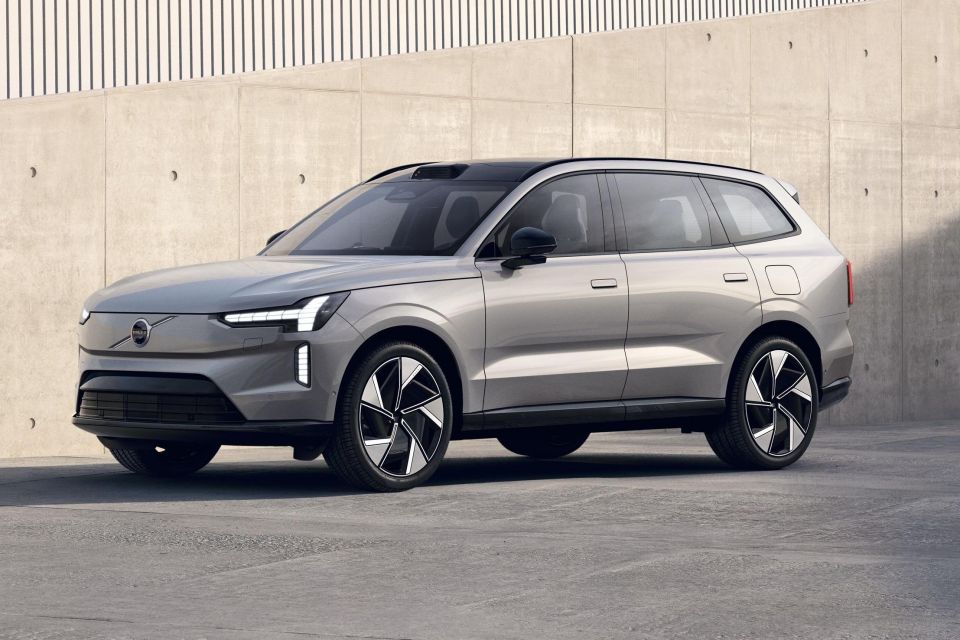
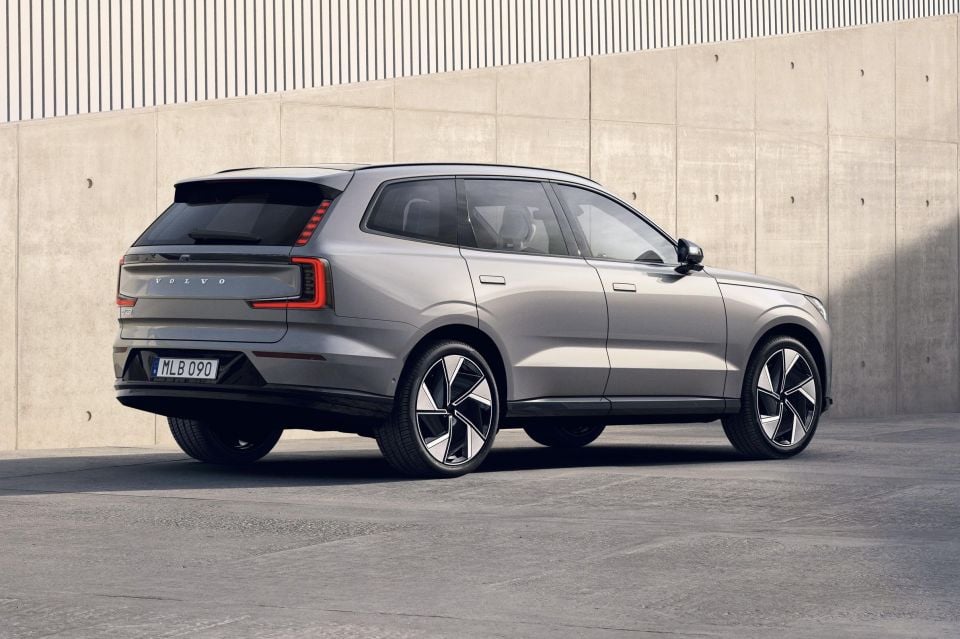
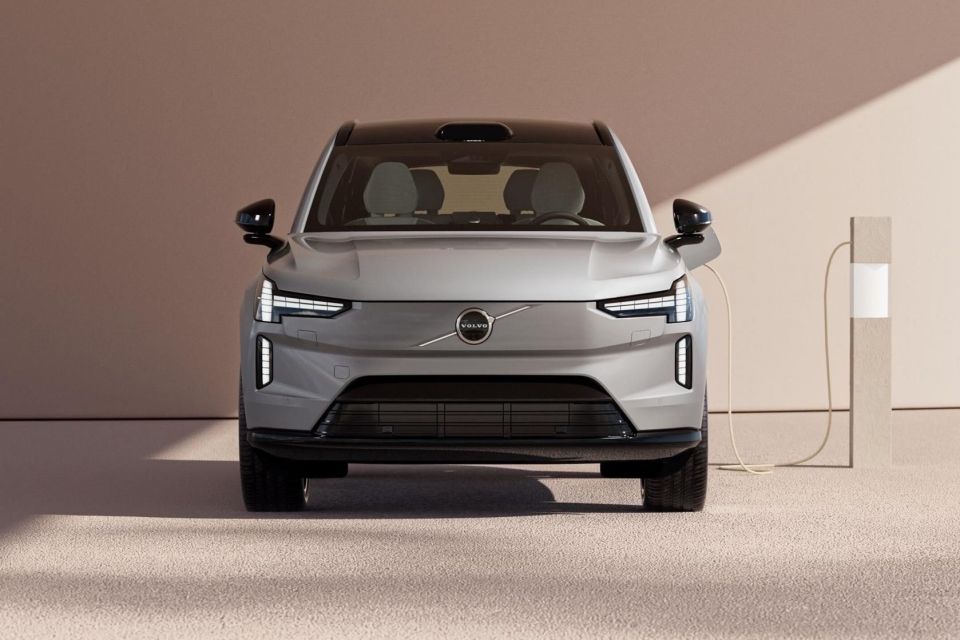
As well as at home in Sweden, the EX90 will be built for world markets at supposedly climate-neutral factories in the US and in China (likely Australia’s source), and will share much with the Polestar 3.
Based on a new Volvo EV architecture, the EX90 will be launched with a large 111kWh battery pack driving two permanent magnet motors – meaning electric all-wheel drive – with system outputs of up to 380kW and 910Nm.
This is the same drivetrain as the launch Polestar 3 Performance.
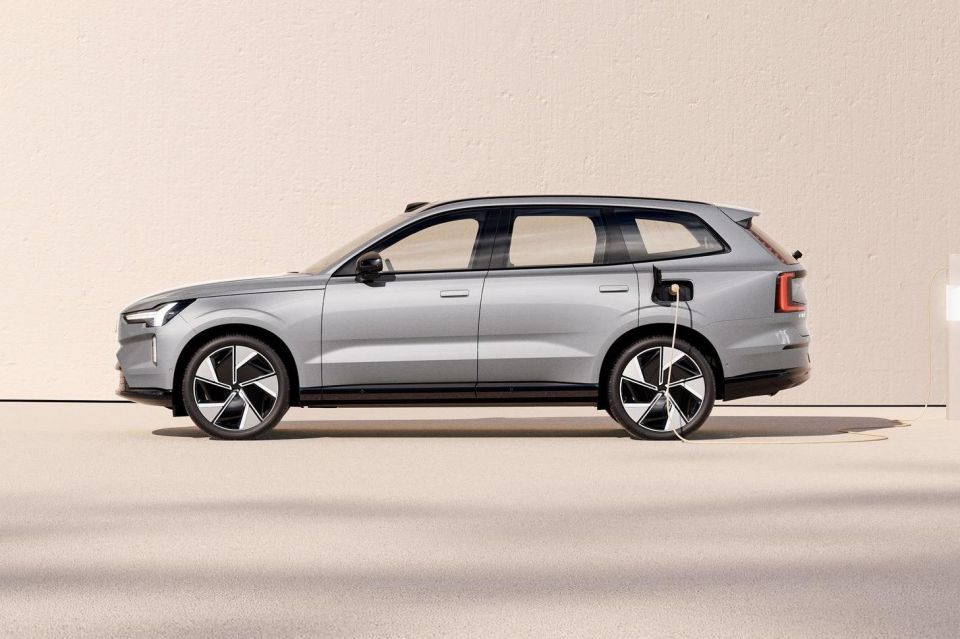
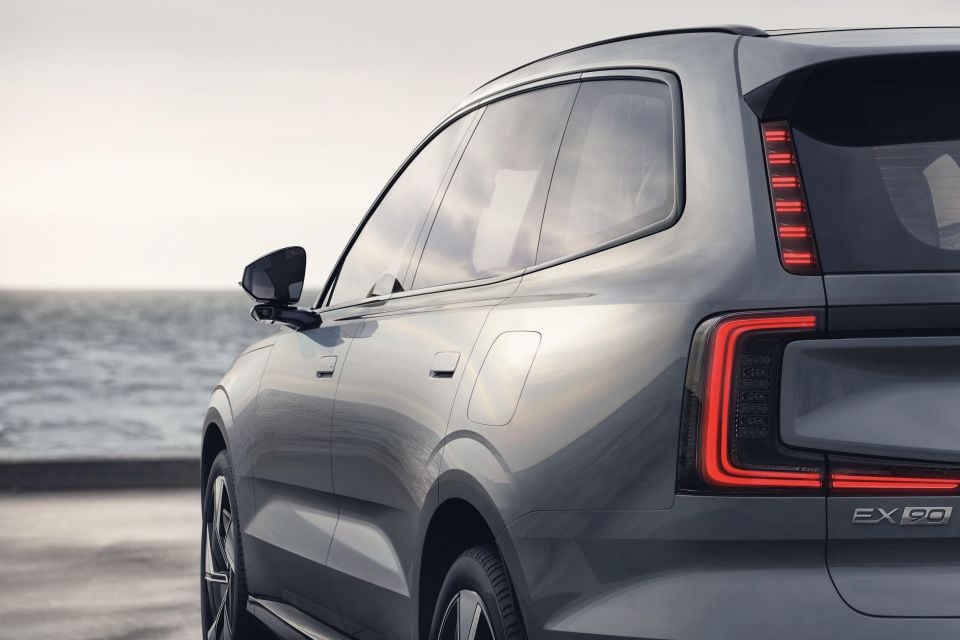
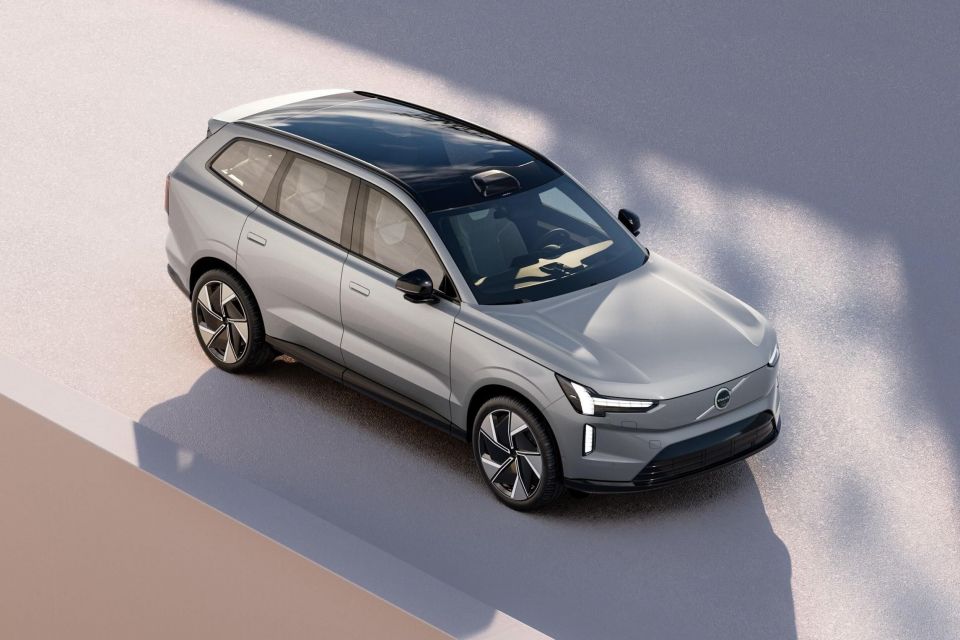
Volvo is promising this launch EX90 will have a driving range up to 600km on the WLTP test cycle, and will be able to charge from 10 to 80 per cent in less than 30 minutes on a DC fast-charger.
We expect cheaper versions with smaller batteries and lower outputs to be launched in stages, with companies often choosing to start with the most expensive grade.
As previously detailed, the EX90 will be the first Volvo furnished with all the necessary hardware for bi-directional charging, meaning the rollout will be retro-active.

For those who prefer combustion, an updated (and as-yet unrevealed) XC90 will be launched, presumably putting many of the EX90’s technologies into the older car. It’s not confirmed whether this will come to Australia however, but there’s ample time to make the call either way.
While Volvo has withheld more mechanical data, the Polestar 3 probably serves as a good reference. It has adjustable regenerative braking with a one-pedal driving option, electric torque vectoring via clutches at the rear axle, and an efficiency-minded rear motor decoupling function.
The Polestar 3 will also come standard with two-chamber air suspension and active dampers, with at least two driving modes called comfort and dynamic.
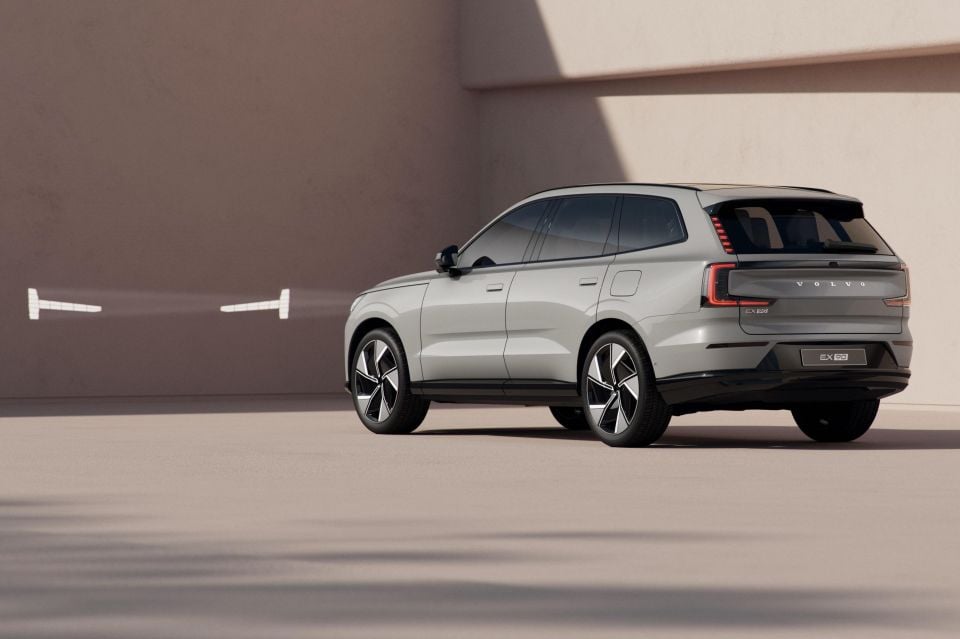
Volvo says each EX90 contains approximately 15 per cent recycled steel, 25 per cent recycled aluminium, and about 48kg of recycled plastics and bio-based materials, which corresponds to around 15 per cent of the total plastic used in the car. That’s ahead of any other Volvo.
Volvo being Volvo, safety is paramount, and the level of standard safety in the EX90 is higher than any of the brand’s previous cars. It’s designed to understand you and its surroundings, and to get smarter and safer over time as it learns from new data and receives updates.
Sensors beyond cameras and radars – into the world of LiDAR – are connected to the car’s high-performance core computers, where Nvidia Drive runs Volvo Cars’ in-house software to create “a real-time and 360-degree view of the world”.
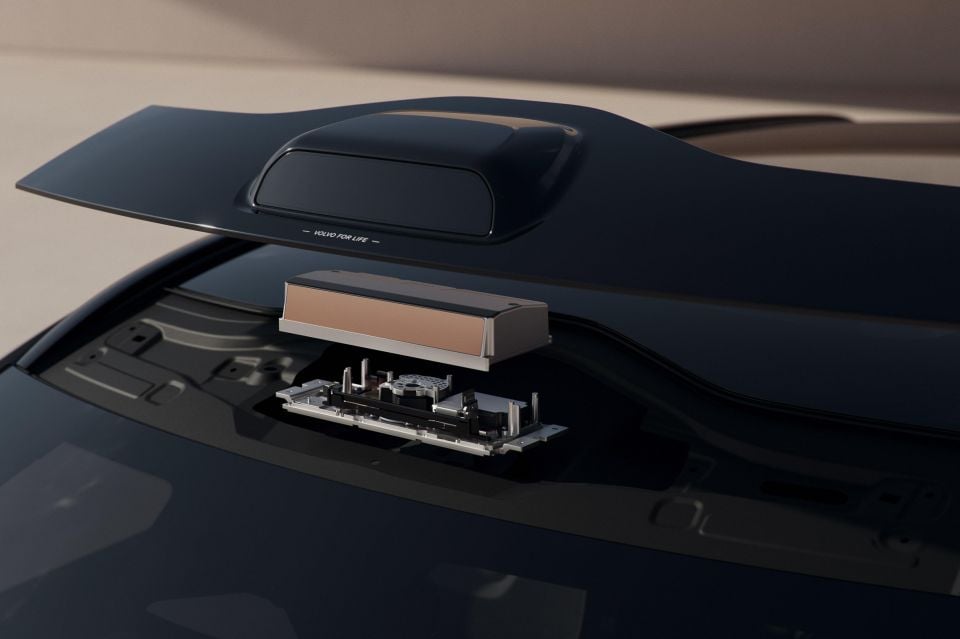
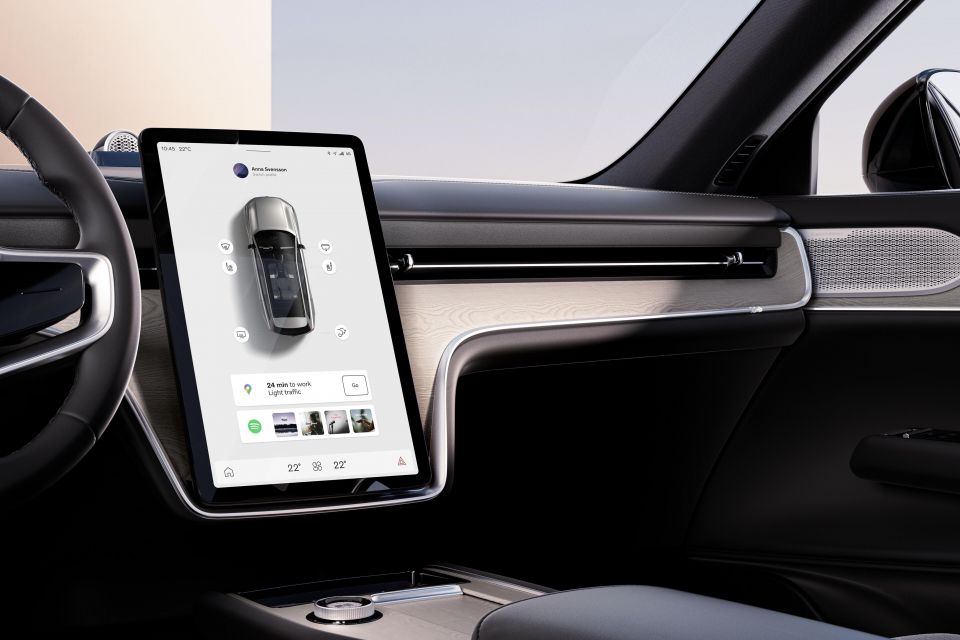
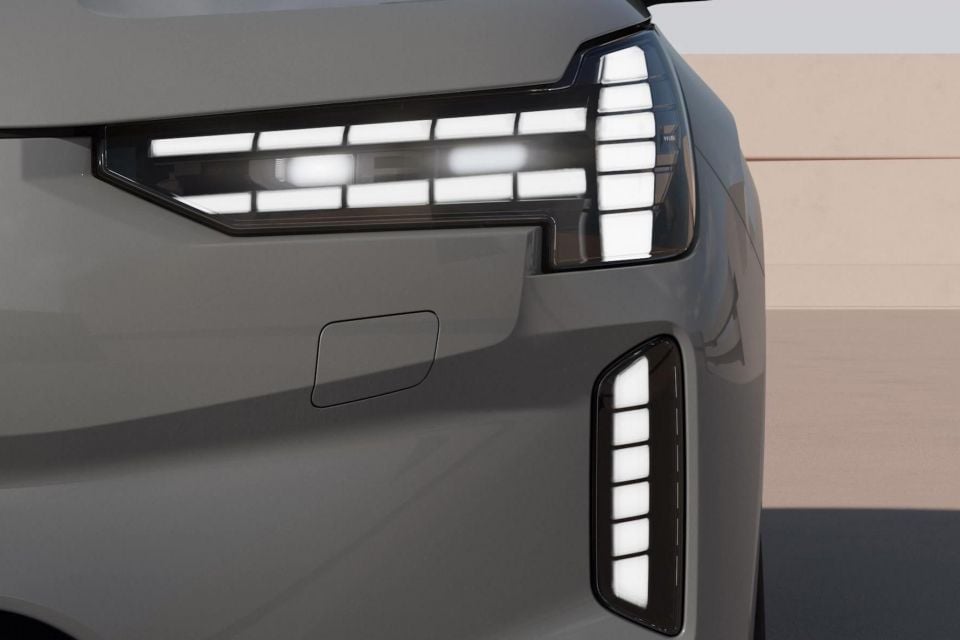
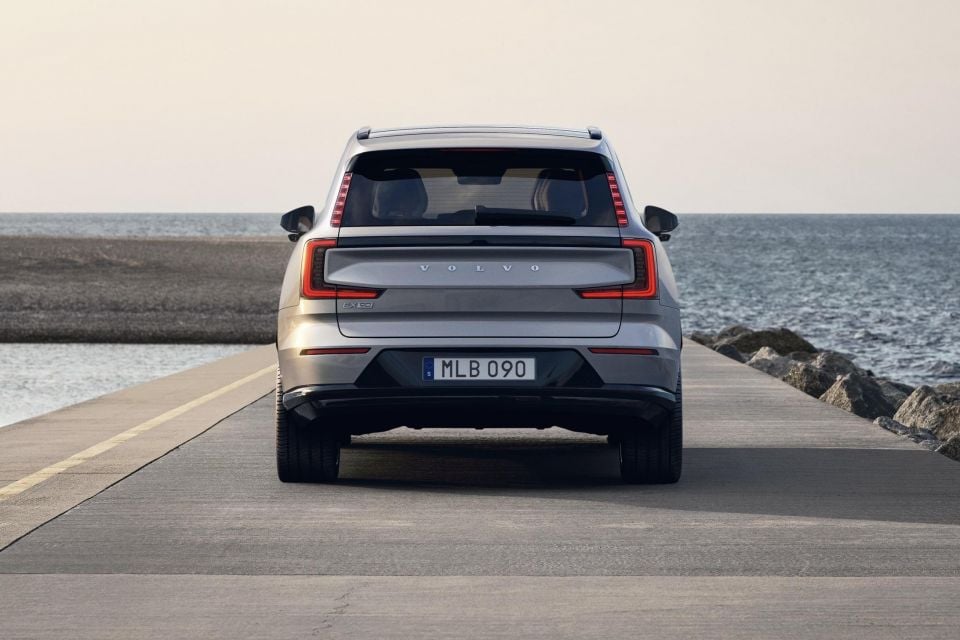
As well as all the familiar driver-assist features, there is a new Pilot Assist with steering support while changing lanes. Interior sensors and cameras also gauge eye concentration, and to either nudge you into paying attention or safely slowing the vehicle if you’re dozing.
Finally, thanks to the state-of-the-art sensor set, the Volvo EX90 is the first Volvo that’s hardware-ready for unsupervised driving in the future – if it ever happens.
A newly revealed Volvo system also uses radar sensors to detect sub-millimetre movements in the interior of the car, to help protect against accidentally leaving children or pets inside. The system is also linked to the climate control system.
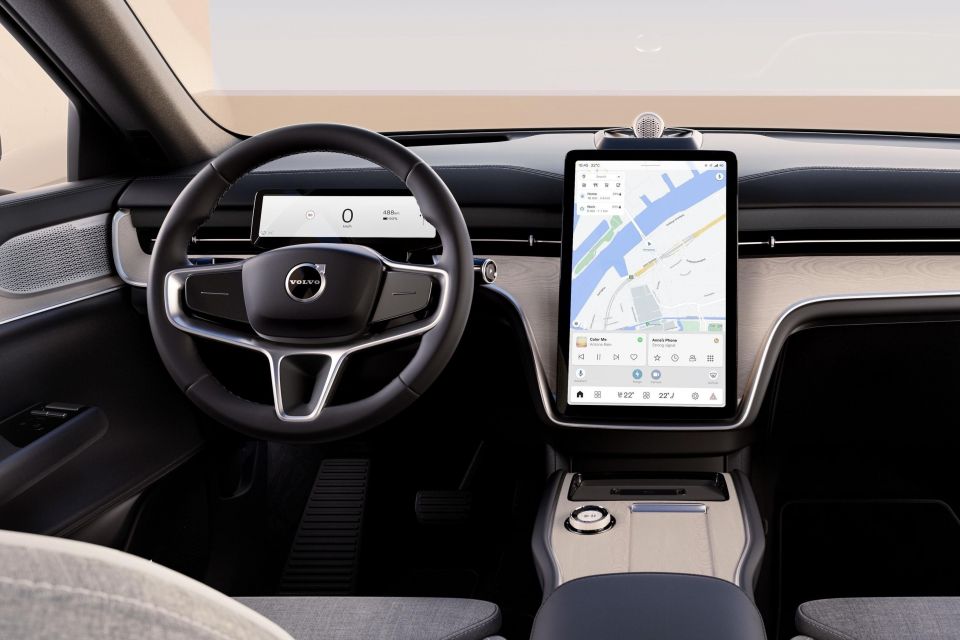
Inside, a 15-inch centre screen has a 5G connection and Google built in, using its operating system. That means Google apps and services including Google Assistant and Google Maps are available, as well as wireless Apple CarPlay.
In terms of technologies, the EX90’s core systems and AI are powered by Nvidia Drive platforms Xavier and Orin, Qualcomm Technologies’ Snapdragon with the visualisation capabilities of Unreal Engine from the world of gaming, and in-house software by Volvo engineers.
“In other words, your Volvo EX90 won’t be just a new car, it will be a highly advanced computer on wheels. Even better, just like your smartphone or your laptop, the Volvo EX90 is designed to get better over time, thanks to regular over-the-air software updates,” Volvo claims.
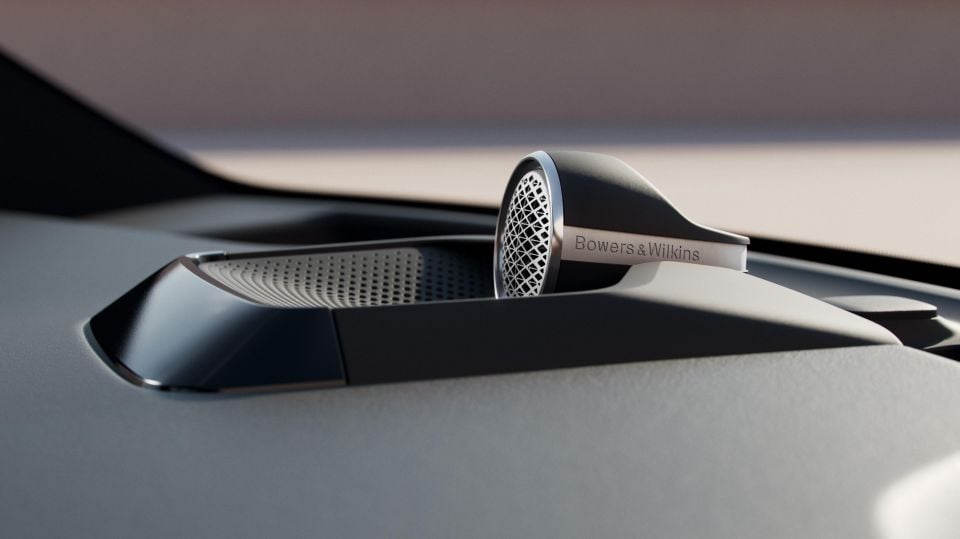
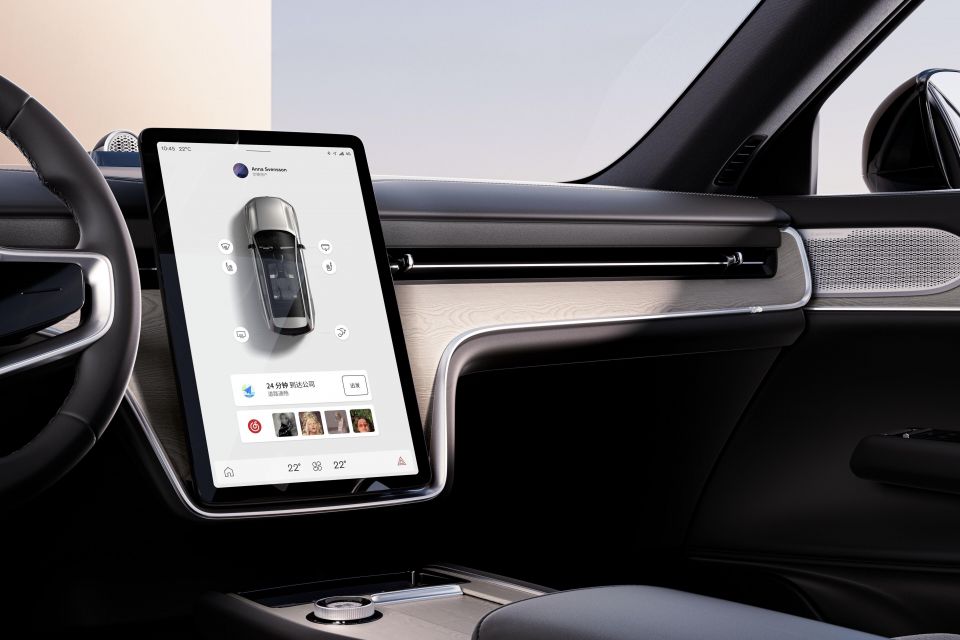
The Bowers & Wilkins audio system features Dolby Atmos as a Volvo-first, as well as headrest-integrated speakers for a more immersive sound.
Rather than needing to carry a fob, you’re able to use your smartphone as the car key that’s synced to your driver profile – presumably using NFC protocols.
Starting with the EX90, Volvo says it will reveal one new fully electric car in each coming year. By 2030, it aims to sell only fully electric cars, and wants to be a climate-neutral company by 2040.
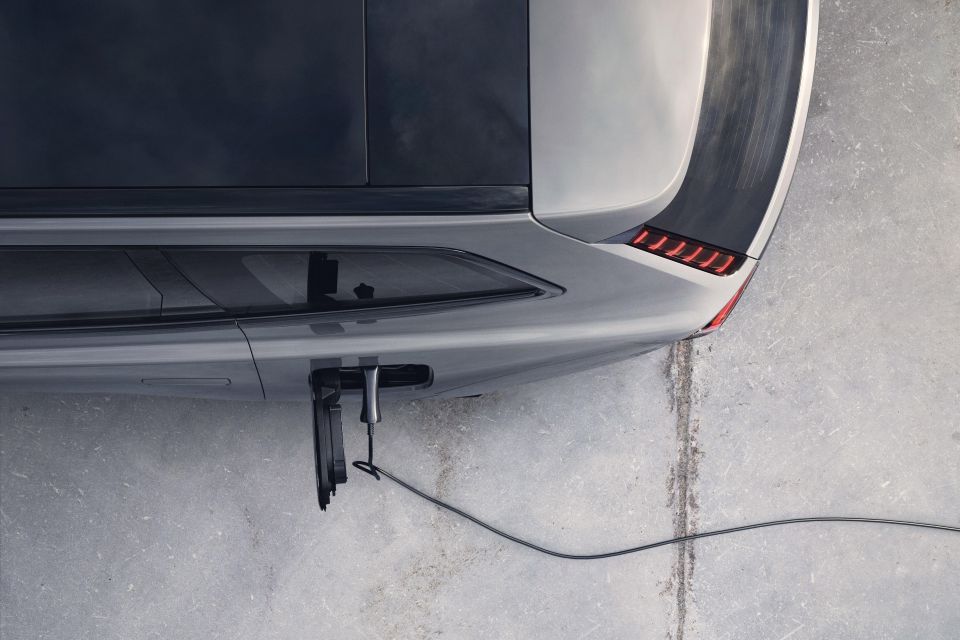
In Australia it plans to get there even earlier, going EV-only from 2026.
“The Volvo EX90 is a statement for where we are, and where we are going,” said Volvo Car CEO Jim Rowan.
“It’s fully electric with a range of up to 600 kilometres on a single charge, designed to further raise our safety standards, the first Volvo car to be truly defined by its software and part of a wider ecosystem, connecting to your home and your other devices.
“The Volvo EX90 is the start of something new for Volvo Cars in many ways.”

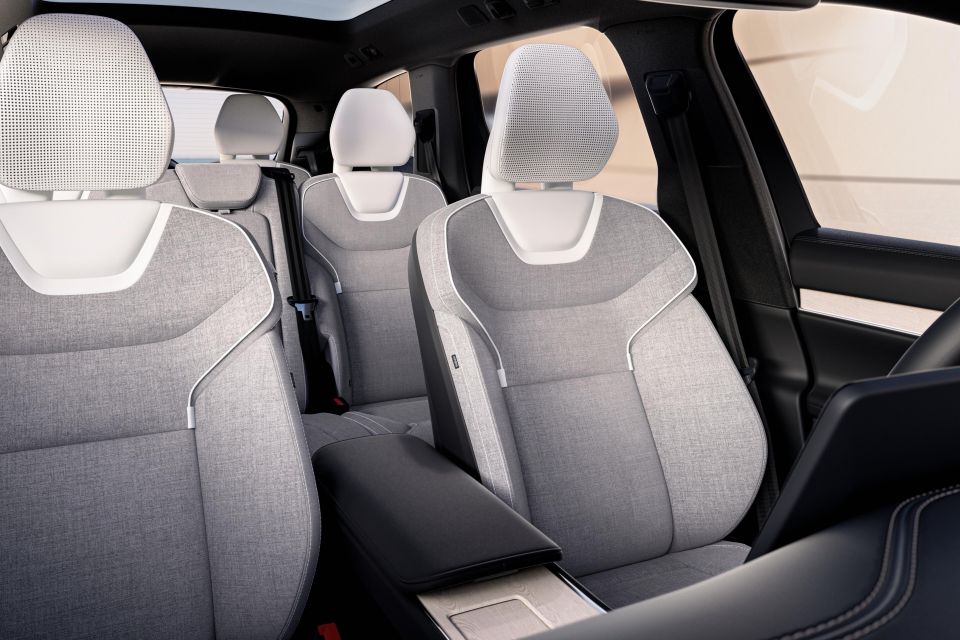
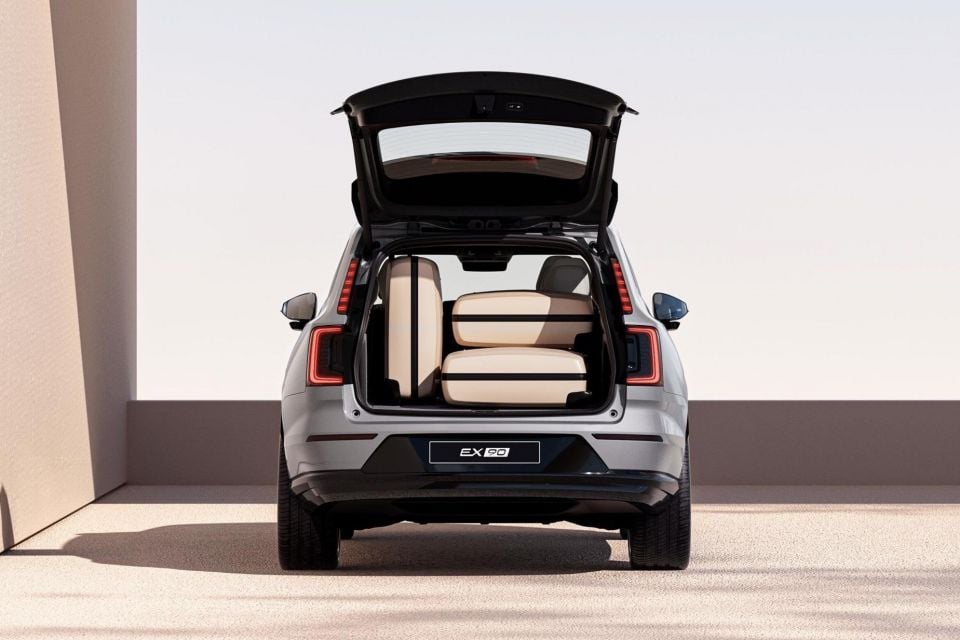
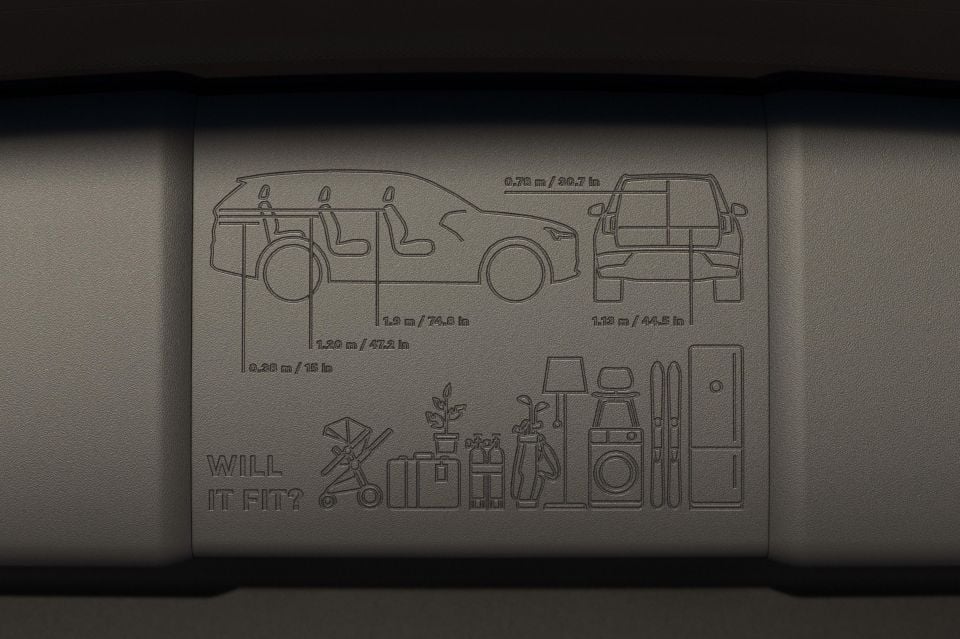
Australia
Volvo’s electric SUV flagship will make the trip Down Under in the second half of 2024, but it’s not clear whether the facelifted version of the petrol-powered XC90 that’ll accompany it globally will be coming alongside it.
The updated XC90 hasn’t yet been revealed. When it’s launched, it will give Volvo a petrol alternative to the EX90 in markets not yet ready for pure-electric power as it gears up to phase out internal-combustion globally by 2030.
In Australia, however, the brand has committed to going EV-only by 2026.
“The EX90 comes with a reskin [of the XC90], but my preference is not to take it all,” Volvo Car Australia managing director Stephen Connor recently told media.
MORE: Volvo EX90 SUV designed to be company’s safest car ever MORE: Volvo Australia planning to be electric-only by 2026: All the details
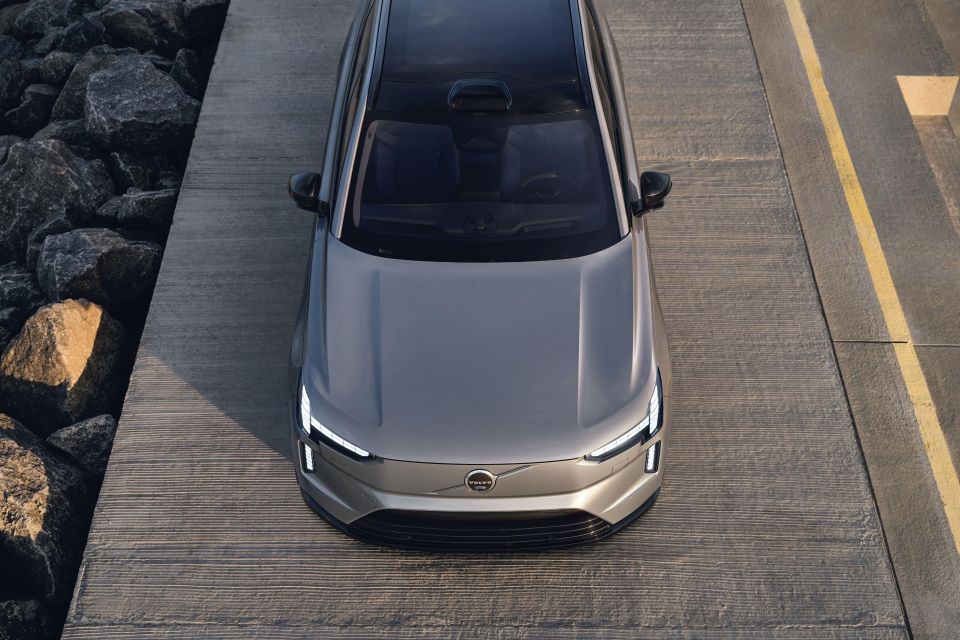
Where expert car reviews meet expert car buying – CarExpert gives you trusted advice, personalised service and real savings on your next new car.


Max Davies
3 Hours Ago


William Stopford
3 Hours Ago


Derek Fung
3 Hours Ago


Max Davies
11 Hours Ago


William Stopford
1 Day Ago


Ben Zachariah
1 Day Ago